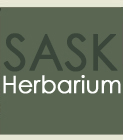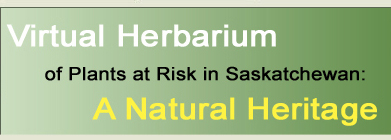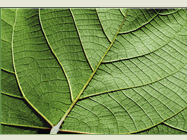
|

|

|

|

|

|

|
|
|
|
|
|
| Athyrium filix-femina (L.) Roth var. angustum | Species Image Gallery (opens in a new window) |
||||||||
| TAXONOMY | |||||||||
| Family: | Dryopteridaceae | ||||||||
| Genus: | Athyrium | ||||||||
| Species Synonyms: | Athyrium angustum (Willd.)
K. Presl Athyrium angustum var. rubellum (Gilbert) Butters Athyrium angustum var. subtripinnatum Butters Athyrium filix-femina var. michauxii (Spreng.) Farw. Athyrium filix-femina var. rubellum Gilbert Athyrium filix-femina var. angustum (Willd.) Lawson |
||||||||
| Common Names: | lady fern subarctic lady fern |
||||||||
| DISTRIBUTION | |||||||||
| Canada: | Saskatchewan – Manitoba – Ontario – Quebec – New Brunswick – Nova Scotia – Newfoundland – P.E.I | ||||||||
| Saskatchewan: | eastern-central Saskatchewan | ||||||||
| Ecoregion: | Mid-Boreal Lowland | ||||||||
| HABITAT | |||||||||
| Saskatchewan: | moist woods, often along streams | ||||||||
| Associated species: | aspen species, black spruce, paper birch, resin birch, speckled alder, white spruce, woodland horsetail | ||||||||
| RARITY STATUS | |||||||||
| Provincial
Status According to Harms (2003): |
Vulnerable | ||||||||
| Nature Conservancy Status: | G5T5 S3 | ||||||||
| Saskatchewan
Species at Risk Status: |
None | ||||||||
| COSEWIC Status: | None | ||||||||
| Lady fern is vulnerable in Saskatchewan because it is limited to the east-central part of the province. It is usually locally numerous but within limited localized areas. | |||||||||
| SPECIES DESCRIPTION | |||||||||
| Roots: | rhizome short-creeping, densely scaly | ||||||||
| Leaves: | clustered | ||||||||
| Stalks: | 15 – 50 cm long, straw-coloured towards tip; base dark reddish-brown or black, swollen, with two rows of teeth; vascular bundles 2, with a single, U-shaped bundle upwards; scales 7 – 20 mm long, 1 – 5 mm wide, linear to oval, dark brown | ||||||||
| Blades: | 30 – 75 cm long, 1 – 1.5 x length of stalk, 10 – 35 cm wide, elliptic, lance-shaped or spoon-shaped, bipinnate or bipinnately-lobed, narrowed to base, tip tapered to a long point, herbaceous, mostly thin and delicate, veins pinnate; central axes of blade, pinna and pinnules hairless or with pale glands | ||||||||
| Pinnae: | sessile to short-stalked, linear to lance-shaped, tip tapered to a long point | ||||||||
| Pinnules: | ± lobed, segments oblong to narrowly triangular; base unequally wedge-shaped, winged on main axis of pinnule or sessile, apex obtuse to long-tapered, margin saw-toothed | ||||||||
| Indusia: | attached along one side, square-toothed or hairy on the margin, not glandular | ||||||||
| Sori: | straight or U-shaped, spore sac stalks bearing glandular hairs | ||||||||
| Spores: | yellow | ||||||||
| |||||||||